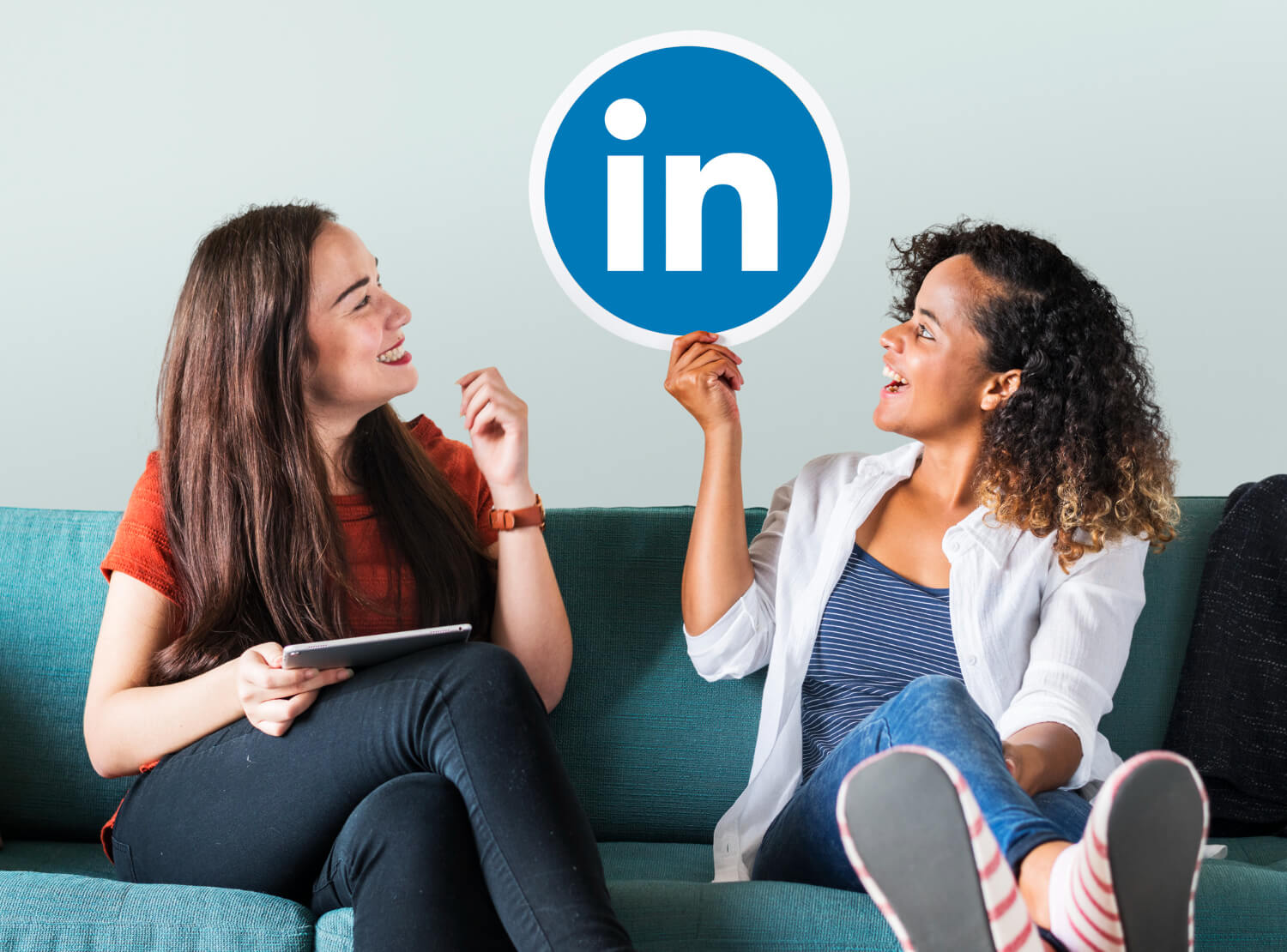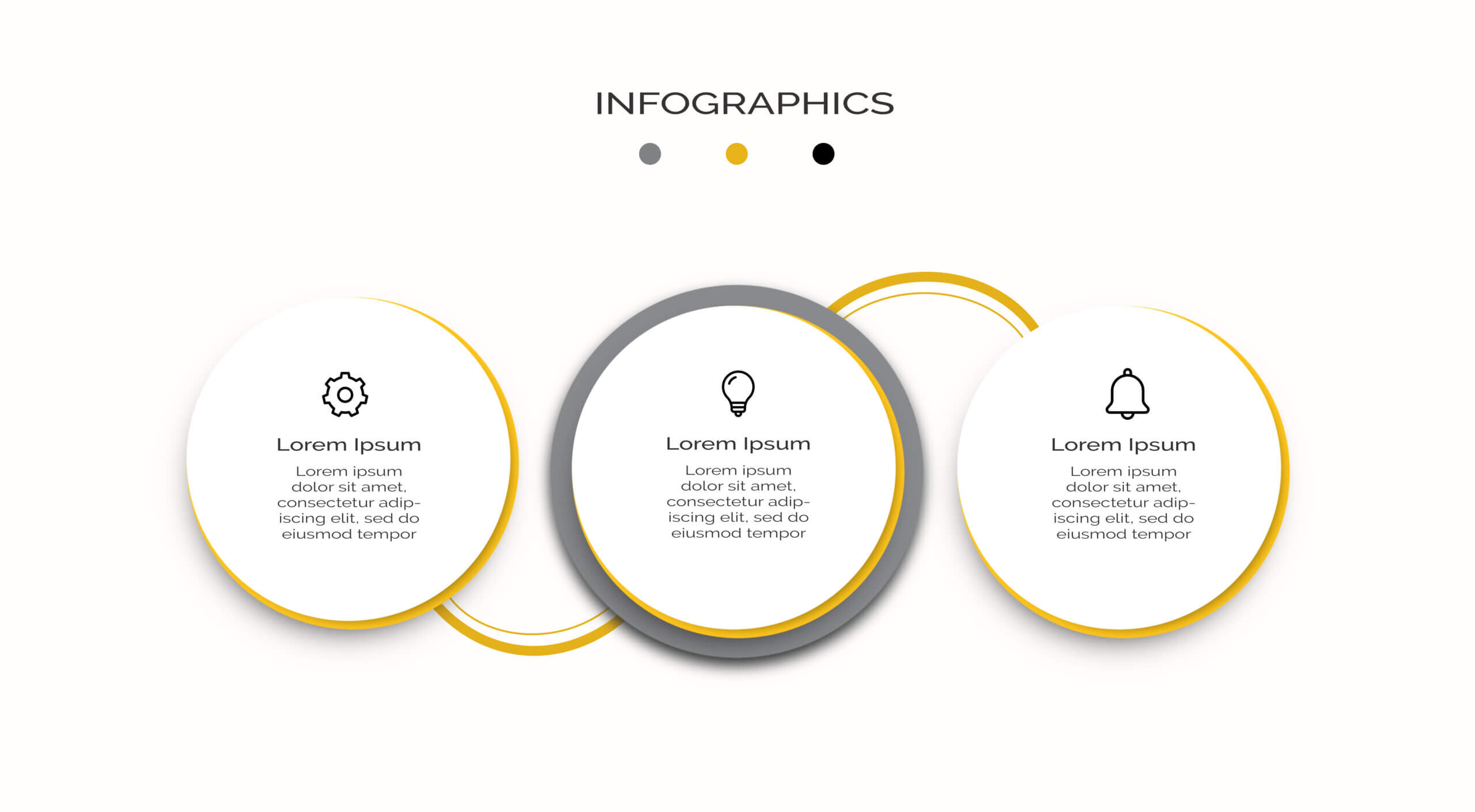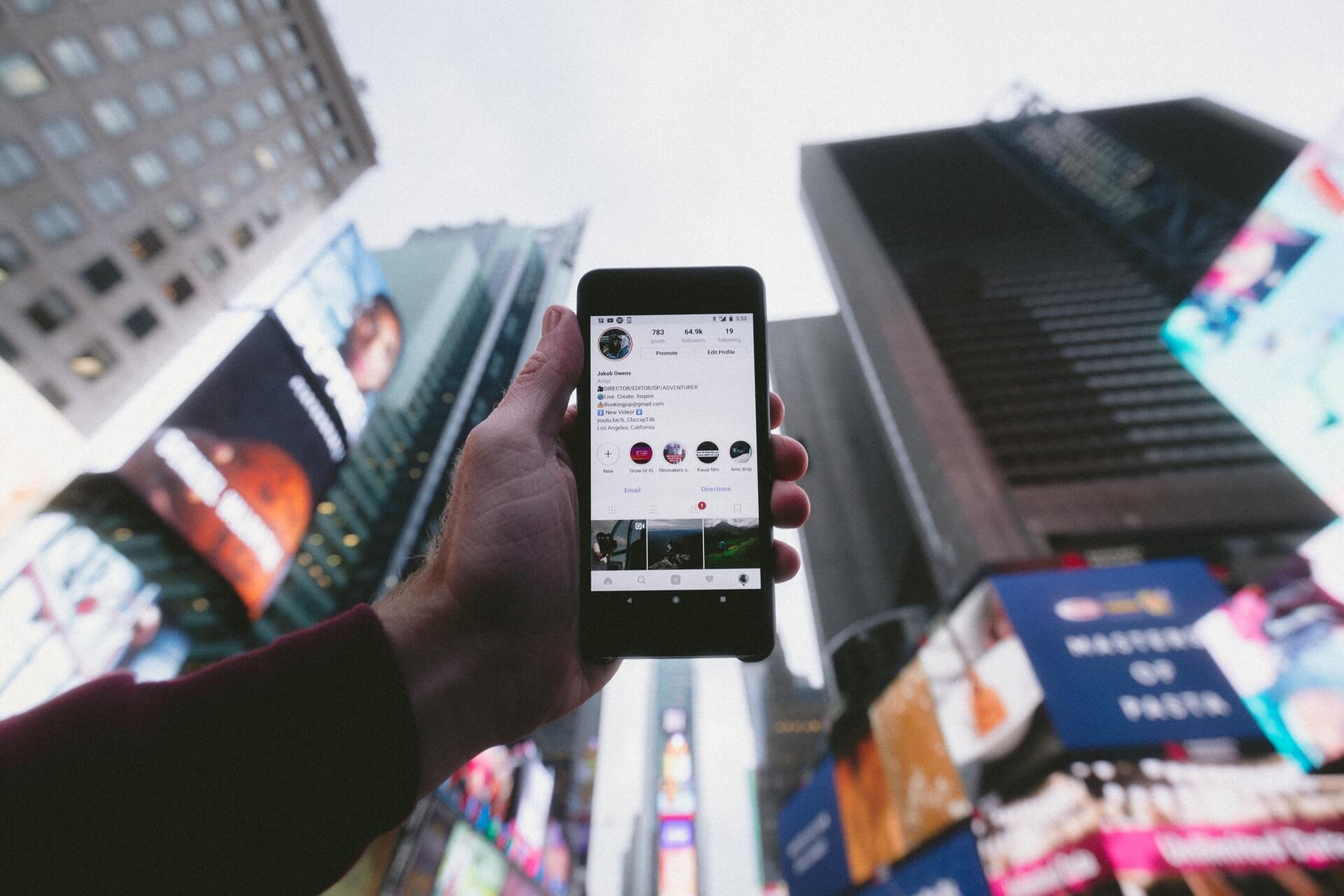If you want to stand above the crowd on LinkedIn, here’s what you need to do - simple, concise, to-the-point. Take your LinkedIn profile from OK to OUTSTANDING.
Sales & Marketing/
Online Marketing
The 4-1-1 Rule states, "For every one self-serving tweet, you should retweet one relevant tweet and most importantly share four pieces of relevant content written by others."
Clearly, when it comes to website layout, no one-size-fits-all exists. But some are ‘more perfect’ than others. Here’s one that gets raves for achieving a whole lot in an efficient, very effective way.
“Ten Awesome Infographics to Guide Your Marketing Plan for 2014” is a post written by Belle Beth Cooper, Content Crafter at Buffer. Here’s a summary of Belle’s ten best (in her own words).
Chris Brogan offers a course for folks who work hard online but don’t make the money they hope to make. It’s called “Mastering the Digital Channel.”
“Using Instagram, small business owners can instantly put a face to their businesses’ name—and watch their customer relationships and sales flourish as a result.”
Instead all of us feel targeted. We have a bullseye on our backs. I thought the “do-not-call-list” was bad enough to put telemarketers on notice to leave us alone. We can mark unwanted emails as spam. We can ignore ads on Facebook, MySpace, Google Plus and many more personal social networks. We can still see …







